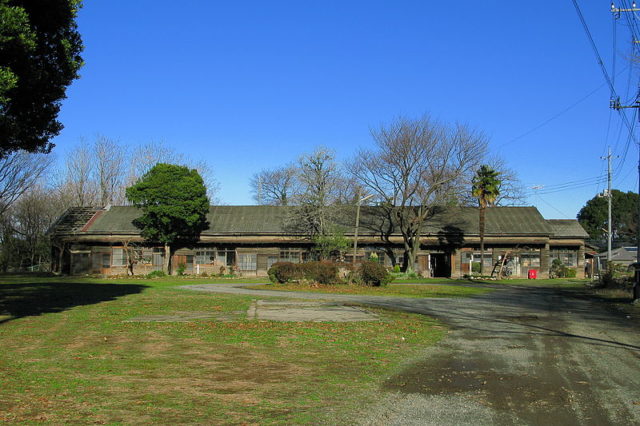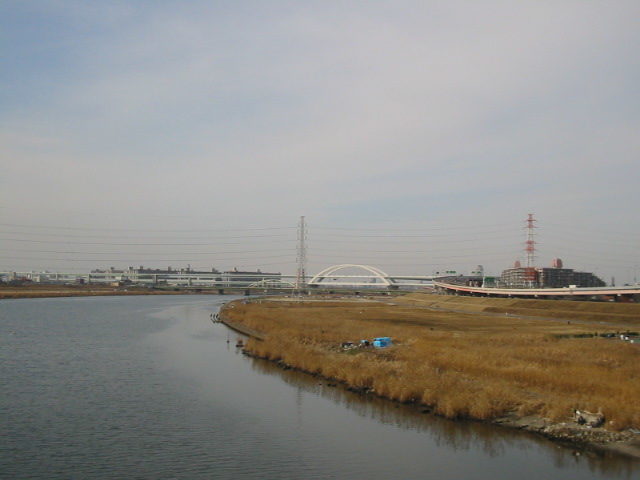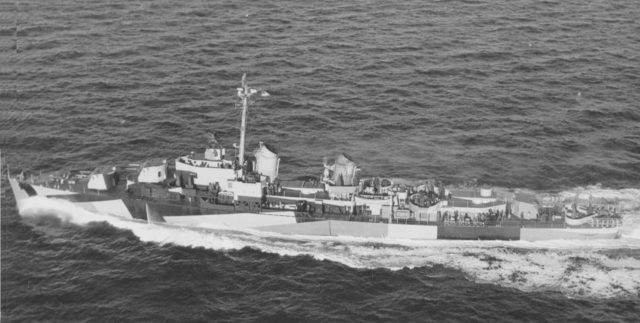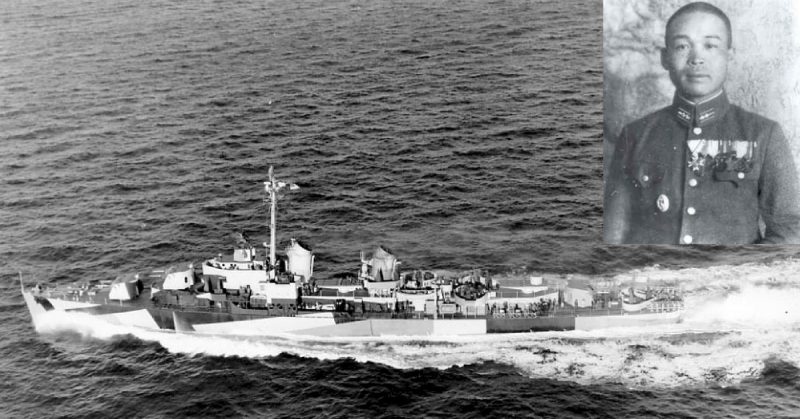This is an odd story that involves a flight instructor, his family, and a single-minded request. The whole thing was so strange, in fact, that the Japanese government censored it at the time.
Hajime Fujii was born on August 30, 1915, in Ibaraki Prefecture as the oldest of seven children. He joined the army and proved to be such a skilled machine gunner that they sent him to China – which Japan had been chipping away at since 1931.
The Chinese weren’t too happy about that, which is why Fujii got hit by a mortar shell that wounded his left hand. Sent to the hospital, he was tended to by Fukuko – a beautiful field nurse from Takasaki City, Gunma Prefecture.
It was love at first sight. Back then, arranged marriages were the norm, but the two were having none of it. So they returned to Japan, got married, and had two adorable daughters – Kazuko and Chieko.

Instead of sending him back to China, the Army kept Fujii in Japan and sent him to the Army Air Corps Academy where he graduated in 1943. Becoming a company commander with the Kumagaya Army Aviation School in Kaitama, Fujii was tasked with teaching his students character and mental discipline.
This included inculcating them with a deep sense of loyalty and patriotism. Oh, and the value of crashing one’s plane into enemy ships and camps. According to his few surviving students, he frequently told them that he would die with them if he could.
But he couldn’t. The mortar shell didn’t take out his left hand, but it left him unable to grip a plane’s control stick. So the more he expressed his desire to die with his students (many of whom went on to do just that), the more the whole thing bothered him.
Japan didn’t enter WWII with any intention of creating kamikaze pilots and sending them on suicide missions. But it had expected a quick victory, and since that didn’t happen, it was in serious trouble.

At the time, Japan was a newly industrialized nation. Much of its technology was imported from America and Europe, while those it developed independently required resources it imported.
As late as 1938, the US supplied Japan with 74.1% of their scrap iron, 93% of their copper, and 80% of their oil. When the US imposed trade sanctions on Japan for its occupation of China, things got worse. Then Pearl Harbor happened.
Japan’s alliance with Germany didn’t help because the Nazis were also having shortages of their own. And though it controlled much of the South Pacific, the Allies were wreaking havoc on Japanese shipping and supply lines.
Japan simply couldn’t compete with America’s industrial output. After a series of devastating defeats to the Allies, Japanese industries couldn’t produce enough ships and planes to replace those it was constantly losing. Worse, the country was running out of experienced men.

By 1944, Japan knew it was in serious trouble. Many of its veterans were gone, and many of those sent out never made it back. Desperate, the Army created Special Attack Force Units called tokkōtai or shimbu-tai – suicide squads made up of the Army and Navy.
Fujii’s favorite motto was: “words and deeds should be consistent.” So after months of telling his students to kill themselves by crashing into the enemy, he wanted to do the same by joining the kamikaze.
Unfortunately for him, he was a victim of his own success. Popular with his students and staff, and having proven his worth in China, the Army refused his request. They also cited the fact that he was a family man, while most of those they sent on one-way missions were single.
Fukuko also pleaded with him to stay out of the war. He had two young daughters, after all. If he died, what would happen to them?
But as more and more of his students left on suicide missions never to return, Fujii couldn’t shake off the idea that he was betraying his wards. He felt like a hypocrite, which is why he again appealed to the Army to let him die. They refused his second request.

So now Fukuko was trapped. If Fujii stayed in Japan, she’d have her husband, while her daughters would have a father. But he would forever be haunted by his self-perceived betrayal of his students and his country.
He would become a ghost (“dim spirit” in Japanese), only half alive. At best, he’d just fade away. At worst, he’d eventually blame his wife and children for his dishonor.
So on the morning of December 14, 1944, while her husband was away at Kumagaya, Fukuko dressed herself up in her finest kimono. She did the same with three-year-old Kazuko and one-year-old Chieko. Finally, she wrote her husband a letter, urging him to do his duty to the country and not to worry about his family. They’d wait for him.
Then she wrapped Chieko up in a cloth backpack and strapped the baby to her back. Taking Kazuko by the hand, she walked toward the Arakawa River near the school where her husband taught. Taking a rope, she tied Kazuko’s wrist to her own and jumped into the freezing waters.

The police found the bodies later that morning, and Fujii was brought to the spot as they were being laid out. The following evening, he painted a letter to his oldest daughter, begging her to take care of her mother and younger sister till he could join them.
Then he performed yubitsume (cut off his pinky finger). With his own blood, he painted his third appeal to the Army.
On February 8, 1945, Fujii became the commander of the 45th Shinbu Squadron – which he named Kaishin (cheerful spirit). Just before dawn on May 28, the nine planes headed to Okinawa, each carrying a pilot and gunner. To their delight, they came upon the USS Drexler and USS Lowry.
Are you a fan of all things ships and submarines? If so, subscribe to our Daily Warships newsletter!
Two slammed into the Drexler, sinking her within minutes and taking out 158 of its crew. Fuji was in one of them. He was reunited with his family.
